#Landscape Design River Forest
Explore tagged Tumblr posts
Text
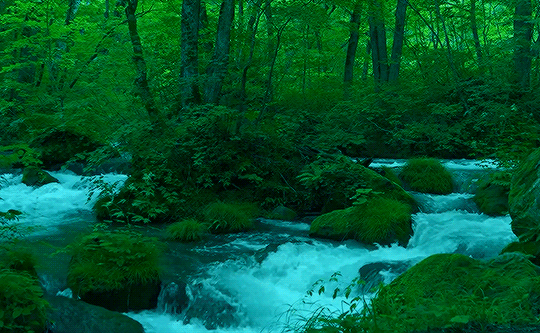
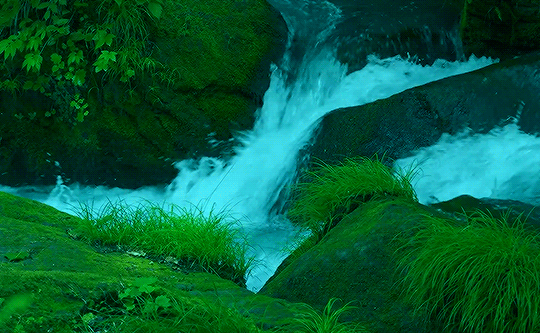
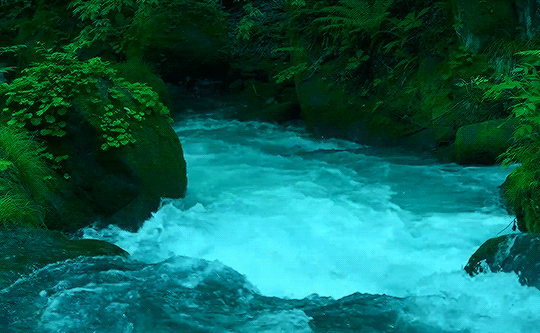
Artık hiç kimseye süsleyecek rengarenk cümlelerim yok. zira güneşi mi söndüren her şeye içim ıssız bir orman artık..
Echo of my inner voice..
#photography#yörüngede#artists on tumblr#cottagecore#my photography#landscape#aesthetic#popular#photographers on tumblr#cinemagraph#nature#forest#river#original photographers#rain#yosemite#scenery#california#travel#gifs#raindrops#flowers#RadarPlz#room#home#design#reading#literature#pets#architecture
1K notes
·
View notes
Text







Goulding Summerhouse, Enniskerry, Ireland - Ronald Tallon
#Ronald Tallon#design#architecture#building#modern architecture#interiors#minimal#house#house design#modern#cantilever#slope#river#modernist#creek#forest#trees#nature#landscape#peaceful#beautiful places#living room#glass#timber cladding#steel frame#stone face#summer house#ireland#irish#cool design
366 notes
·
View notes
Text

Photo of Lake Near Forest
Cc:eberhard grossgasteiger
#landscape#nature#nature photography#adventure#camping#hiking#mountains#design#forest#photography#lakeside#lake#trees#river#sunset#photooftheday#photographer#curators on tumblr
134 notes
·
View notes
Text
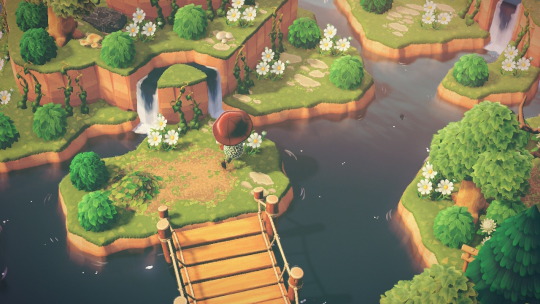

🍃river walk🌱
#the first build i did on this island!#it made me commit to the theme and feel more comfortable designing#bc i think it turned out nice!#however#large terraforming is always intimidating..#bc if it looks ugly you gotta remove it all again lol#toadstool island#acnh#animal crossing#animal crossing new horizons#new horizons#acnh island#acnh exterior#acnh terraforming#acnh landscaping#acnh spring#acnh forest#acnh forestcore#acnh river
387 notes
·
View notes
Text

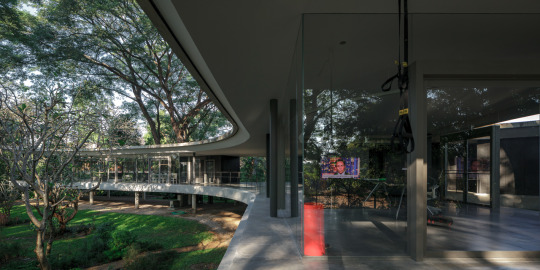
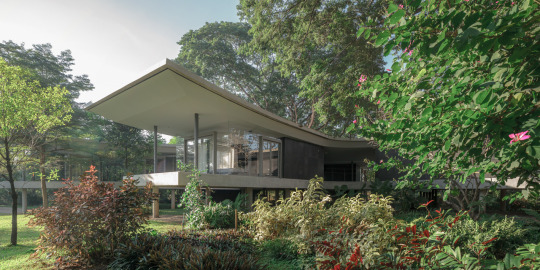
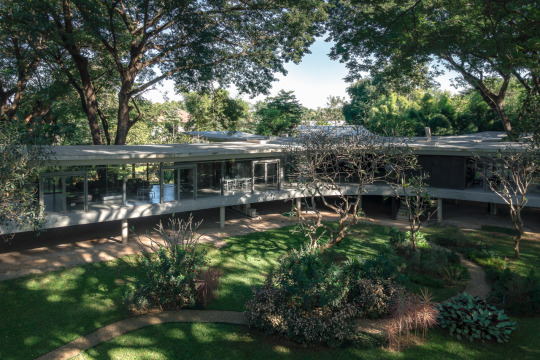

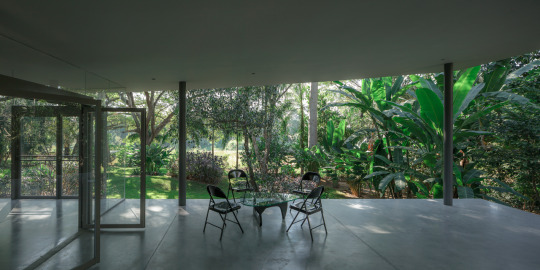

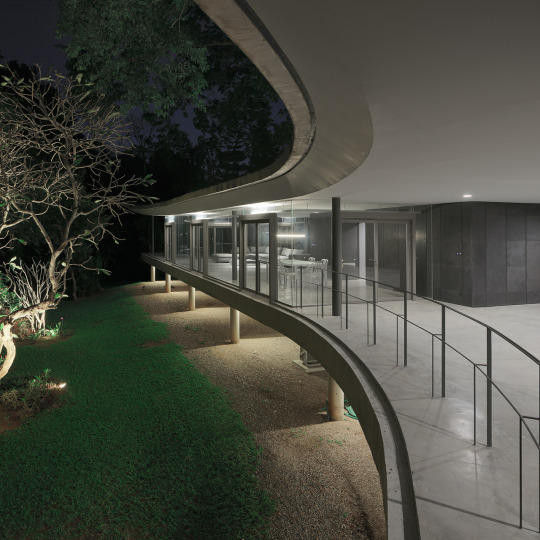

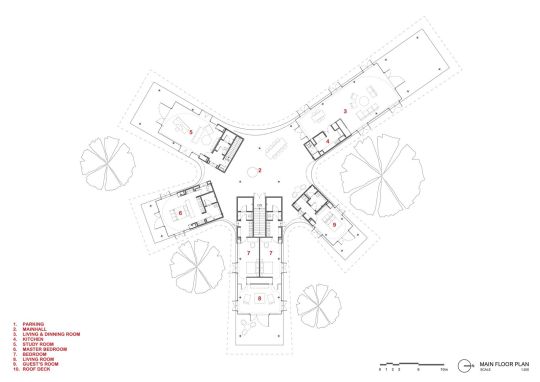
Under the Rain Trees, Chiang Mai, Thailand,
All(zone)
#art#design#architecture#minimalism#interiors#thailand#brutalism#chiang mai#rain forest#nature#all(zone)#ping river#raintree#vernacular#organic#landscaping
285 notes
·
View notes
Text
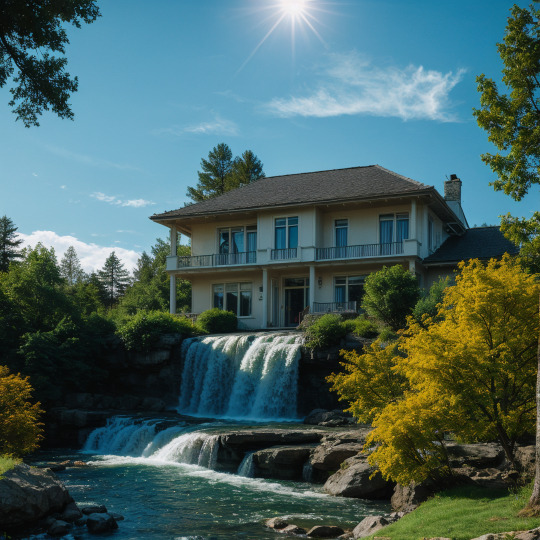

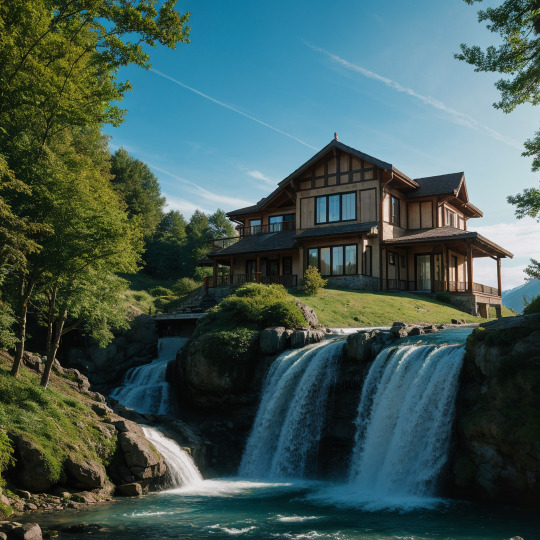

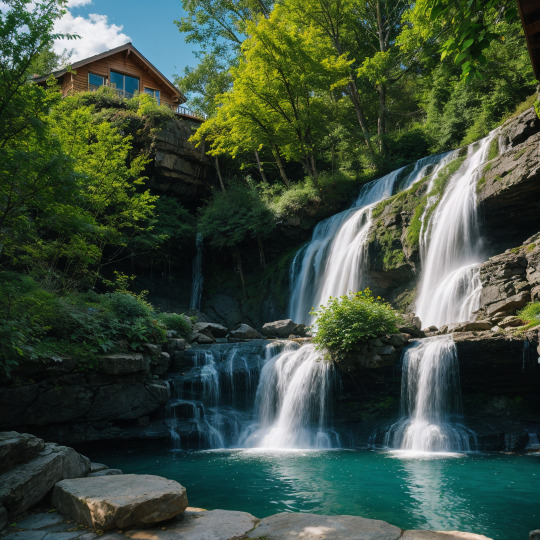
#mother nature#nature#mountains#trees#landscape#lake#river#forest#waterfall#architectdesign#future architecture#residential architects#architecture#landscape architect#luxury home architects#home & lifestyle#home decor#home design#home#interior#welcome home#room#decor#kitchen#bathroom#homestuck#cabin#hills#beverly hills#hillstation
44 notes
·
View notes
Text

Watercolor
#nature#scenary#beautiful place#beautiful landscape#sunlight#crystalline river#jungle#forest#art#artists on tumblr#my art#my stuff#artwork#artist#design#illustration#concept art#drawing#traditional art#traditional media#painting#watercolour#watercolor#sketch#sketchbook#awesome#landscape#stream#green#water
21 notes
·
View notes
Photo

🌸✨ Dive into tranquility with our latest wallpaper, Samurai Serenity! 🌊🌿 In the heart of a breathtaking forest, where cherry blossoms dance in the breeze and a gentle river whispers secrets of peace, our samurai stands strong yet serene. This artwork beautifully captures the essence of inner calm, reminding us that even amidst life's storms, serenity is just a moment away.
Perfect for your desktop or mobile, this anime scene invites you to escape into a world where nature and harmony reign supreme. 🌳💖 Whether you’re a fan of anime or simply appreciate stunning visuals, this wallpaper is sure to inspire and uplift your spirits.
Ready to bring some zen into your digital life? 🌌 Click here to Download Anime Ninja Warrior and let this tranquil scene transform your screen!
Enjoy the beauty of nature and the strength of the samurai, all in one stunning image. We’re excited to share this creation with you, and we hope it brings you as much joy as it brought us while making it!
Happy wallpapering! 🎉
#anime#samurai#serenity#nature#cherry blossoms#wallpaper#tranquility#forest#river#peaceful#digital art#anime art#idyllic#calm#Japanese culture#artwork#landscape#character design#fantasy#scenery
7 notes
·
View notes
Text





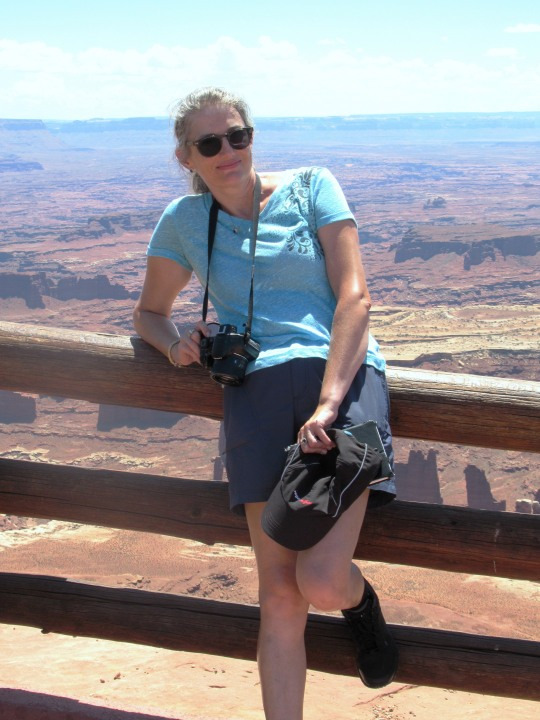

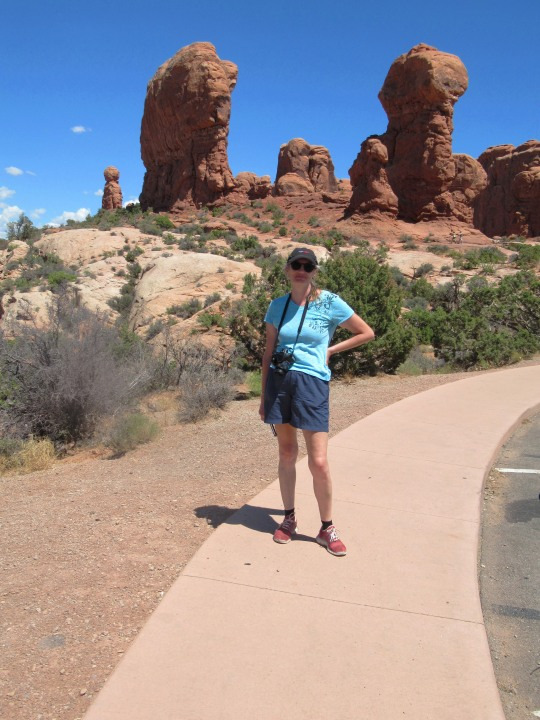
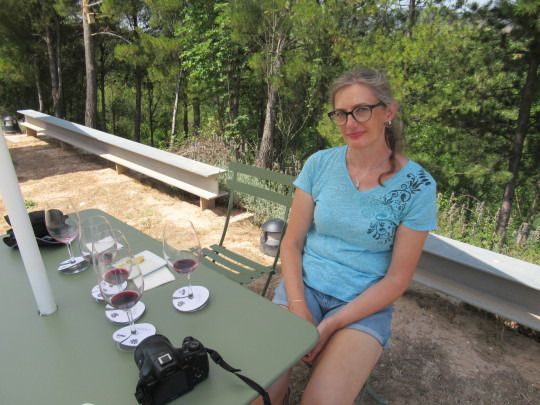

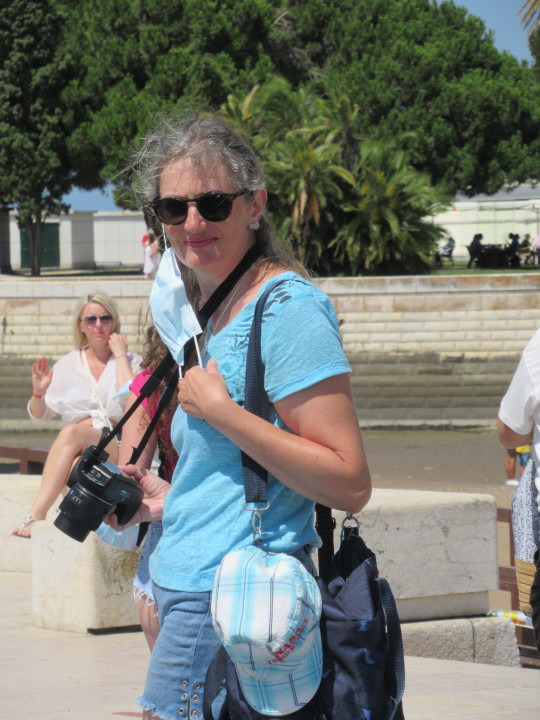
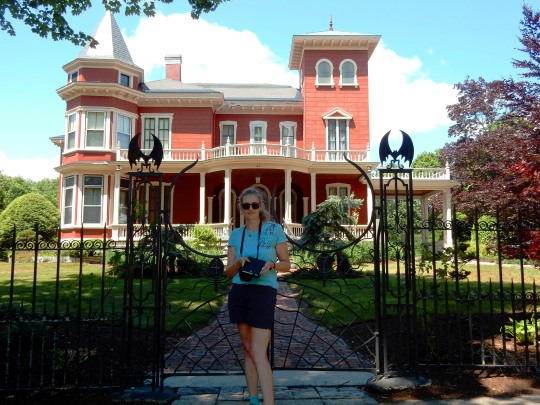
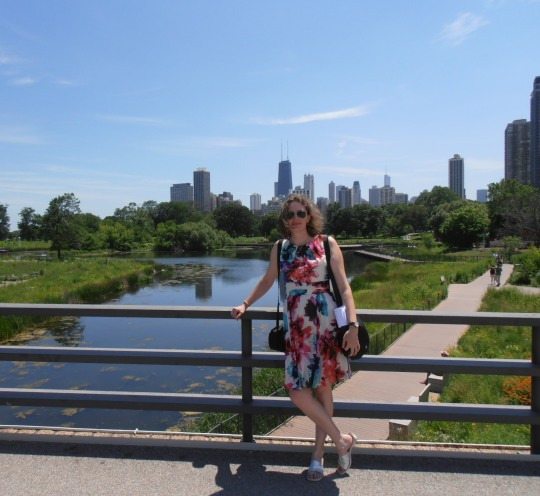
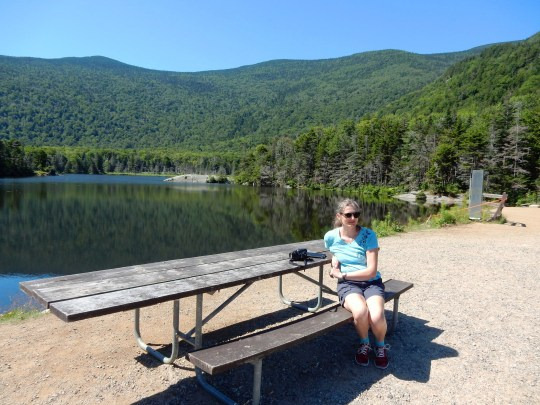
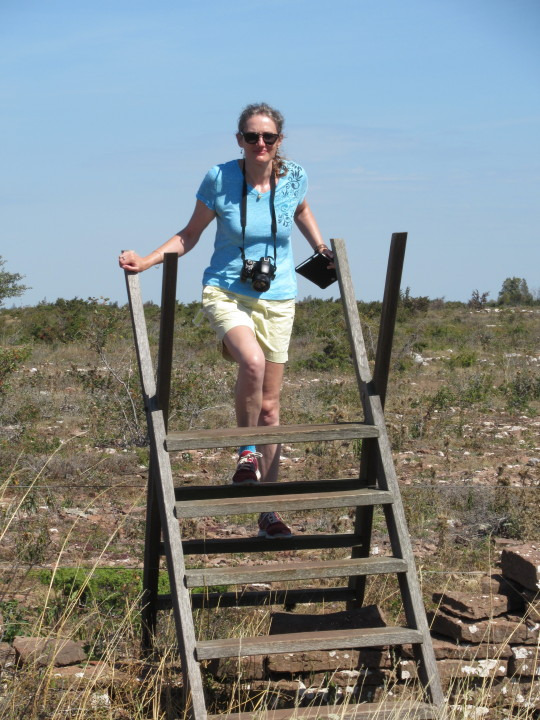

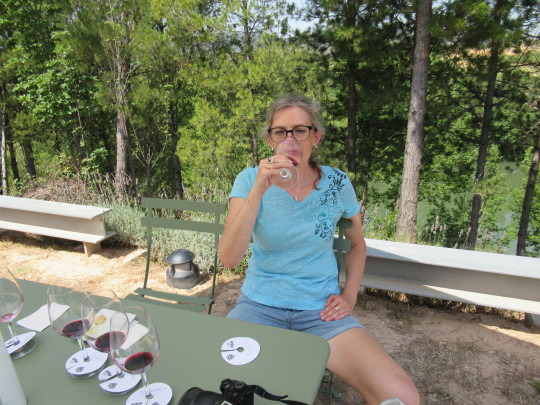
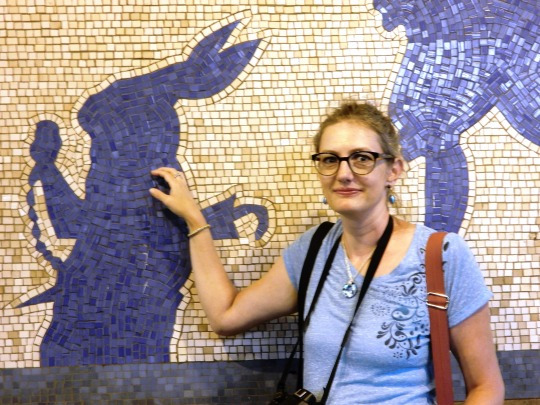

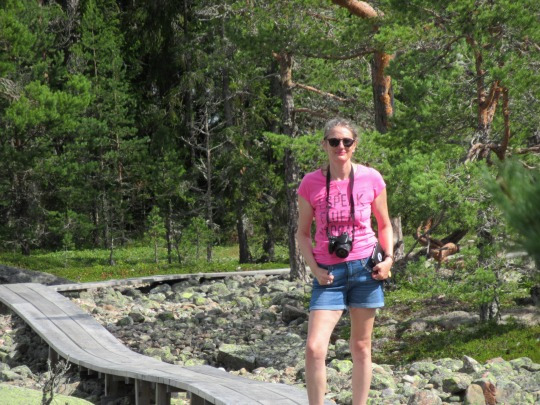

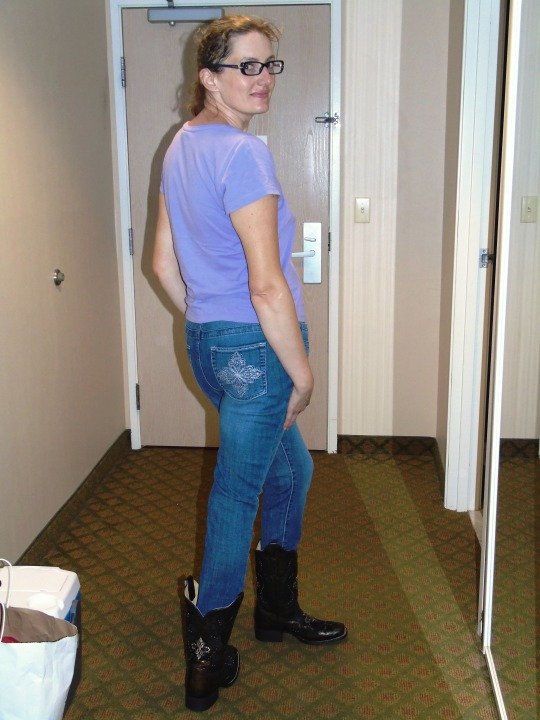
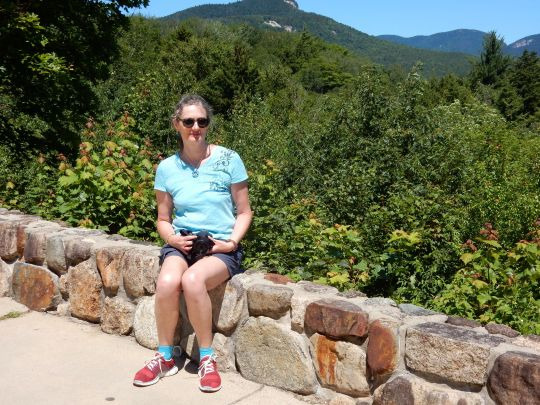

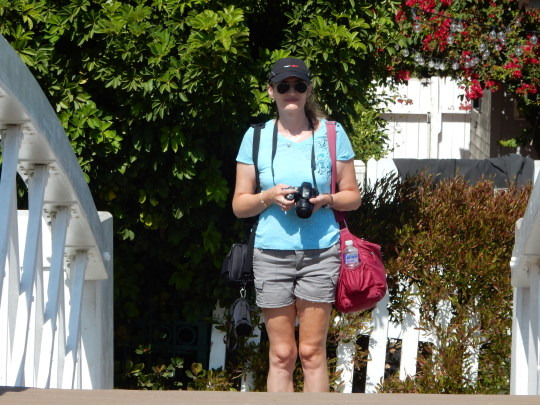
National Floral Design Day
Unleash your creativity and bring nature's vibrant beauty to life through stunning arrangements that captivate the senses and evoke joy.
It’s time to stop and smell the roses! Flower Design Day is all about showing appreciation for floral design as a unique and creative art form. Since flowers have been enjoyed and admired throughout the world since the beginning of human history, it just makes sense that the design of flowers should have its own day to celebrate.
History of National Floral Design Day
It all started with the idea to create a special way of celebrating the birthday of Carl Rittner, who was the founder of the Rittner School of Floral Design in Boston back in 1947. As a pioneer in floral art education, Rittner has shared his wealth of knowledge in the floral industry and had a marked impact on thousands of students from all throughout the world.
Some people don’t realize that National Floral Design Day was officially proclaimed by the Governor of Massachusetts. William F. Weld, in 1995. Since that time, floral design has been celebrated on this day each year.
History lesson aside, today is an excuse to go wild about flowers and let that inner creativity spark. There are so many things that can be done with flowers – the sky really is the limit. National Floral Design Day is the perfect time to display that innovative and original side when it comes to making the world more beautiful with floral creations!
How to Celebrate National Floral Design Day
Show some love and appreciation for everything related to flowers on National Floral Design Day! Get started with some of these delightful ideas:
Make Some Floral Design Creations
In honor and celebration of National Floral Design Day, show off that floral talent and create a spectacular floral design with flowers – whether real, dried or silk. Draw pictures of floral designs and it might even be fun to get the kids involved. Guys can get in on the fun too. Why not arrange an impressive floral bouquet for that leading lady or to take in and share with the folks at the office?
Learn Some Benefits of Floral Design
When National Floral Design Day was declared by the Governor of Massachusetts in 1995, the proclamation included a number of reasons that were listed about why this art form is important. Here are some of the main reasons for setting the day aside in celebration and honor of floral design:
Floral design fosters creativity and develops perceptual awareness as an art form.
Floral design allows individuals to express themselves and their emotions in celebration of a variety of holidays and life events such as births, deaths, weddings and more.
Floral design utilizes natural media as a unique art form that includes aspects including line, color, balance, structure and much more to create visual pleasure.
Take a Floral Design Class
One excellent way to get on board with celebrating National Floral Design Class might be to sign up to learn more about the craft. Those who have never been involved with floral design before can take a beginner class that allows them to learn the basics about this art form. For those folks who have a general idea of what they are doing but could improve their skills, sign up for an advanced class at a local community center or floral design school.
Create a Floral Themed Playlist
Celebrating National Floral Design Day can be loads of fun with the right tunes to go with it! Build a playlist on Spotify, Apple music or another online platform to support the theme of the day with the best songs to jam out to while designing some beautiful floral arrangements.
Check out some of these fun songs with a floral theme to get a playlist started :
Everything’s Coming Up Roses (1959) by Ethel Merman
You Don’t Bring Me Flowers (1978) by Neil Diamond and Barbara Streisand
Bed of Roses (1993) by Bon Jovi
Supermarket Flowers (2017) by Ed Sheeran
Source
#Northwest Territories#Venice Canal Historic District#Los Angeles#New York City#Chicago#USA#National Floral Design Day#NationalFloralDesignDay#28 February#travel#original photography#Columbia River Gorge#landscape#cityscape#White Mountain National Forest#Mellanfjärden#Zorinsky Lake Park and Recreation Area#Omaha#Sweden#Bangor#Stephen King's House#vacation#Arches National Park#Whistler#Canada#Omak
3 notes
·
View notes
Text

Highland Rapture
Tools used:
Checkpoint: Jib Mix Realistic XL-v14.0 Crystal Clarity EclecticEuphoria Universal SD3_k4 black-forest-labs/FLUX.1-dev
web-ui: stable-diffusion-webui (AUTOMATIC1111) stable-diffusion-webui-forge ComfyUI
Other: Photoshop
#highland rapture#fantasy art#digital painting#archer#female warrior#mountain landscape#euphoric moment#adventure#castle#flower crown#braided hair#green dress#sunlight and clouds#valley#river#forest#medieval fantasy#nature inspired#joyful expression#epic scenery#character design#storytelling#dramatic lighting#atmospheric art#my art#original character#fantasy illustration#imaginative realism#art blog#fanart
2 notes
·
View notes
Text

Check out these awesome cards! www.etsy.com/shops/melspastelsstudio
#ecommerce#entrepreneur#nature#forest#autumn#sendanotetoyourmother#sales#oil pastel#art#greeting cards#cards#landscape#rivers#fall#fall asthetic#design#artists on tumblr#artists on etsy
2 notes
·
View notes
Text
"Ethereal Paradise Landscape – Posters with Wooden Frame"

A breathtaking fantasy landscape featuring a crystal-clear river flowing through a magical forest filled with multicolored trees. The sunlight filters through the vibrant pink, yellow, and blue leaves, casting a heavenly glow. Birds soar through the misty sky, adding to the serene and dreamlike atmosphere. This mesmerizing artwork is perfect for wall decor, available as high-quality posters with a wooden frame.
visit our store for more designs
#designs#wall art#wallart#wallpaper#framed posters#wall painting#wooden frame wall art#wall aesthetics#wooden frame#design#fantasy forest#paradise landscape#colorful nature#dreamy river#ethereal trees#birds in sky#magical scenery#wooden frame poster#wall art decor#nature lovers#mystical beauty.
1 note
·
View note
Text
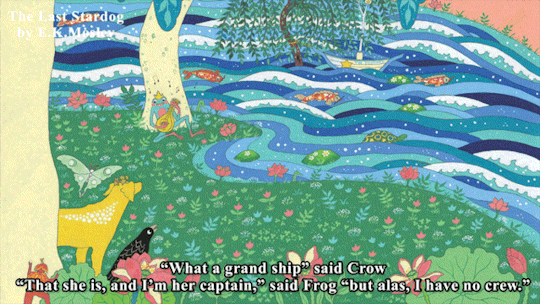
"Under the cool shade of a large willow tree, a frog was humming and strumming a lullaby..."
The Last Stardog by E.K.Mosley
#illustration#the last stardog#the storyteller#fantasy art#dogs#animals#books & libraries#ekmosley#river#forest walk#stardog#comics#moody nature#willow tree#trees#frogs and toads#cute frogs#frogs#crowcore#crow art#crow#six of crows#landscape#landscape art#original character#oc character#character art#character design#stars#celestial art
1 note
·
View note
Text
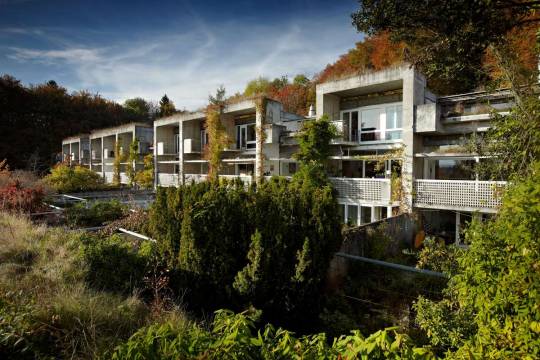

Siedlung Halen, Atelier 5, 1961
“More than 50 years on, it’s one of the most successful housing estates in existence“
PARKOUR HALENSIEDLUNG (2007), SIEDLUNG HALEN (2010)
These videos offer two perspectives on the iconic Halen development - one looks at history and design detail, while in the other its massing, human scale, and playfulness are demonstrated through parkour.
The 79-home Swiss project was designed by 5 young architects on a forested site overlooking a river, 15 minutes cycle ride from Bern. The land had been intended for their own houses, until costs necessitated a higher density. Communal facilities such as the swimming pool, playground and community hall have shared ownership, and the internal streets are pedestrianised. For additional reading, this feature in Monocle (quoted above) includes short profiles of some of the residents. They reflect the fact that the buildings, arranged on a slope with high walls between gardens, seem to have found a sweet spot between community and privacy. As one resident says: “You can sunbathe on the top floor balcony as God intended without anyone seeing.”
Perhaps part of Halen's success lies in how well it resolves two areas of tension in our relationship to spaces. Firstly the public/private balance, something like what Le Corbusier referred to as "silence, solitude, but also daily contact with mortals.” And secondly, Prospect Refuge theory, in which we crave immersion within nature, but also shelter from it - a view of the surrounding landscape, but also a feeling of enclosure and protection.
493 notes
·
View notes
Text
More Minecraft ideas, what part of Minecraft needs improvement?
You're wrong, it's ponds.
Ponds, lakes, lava pools. They all suck in Minecraft, they end up just being big holes in the ground with nothing interesting about them that make the landscape ugly and hole ridden
Now you might say “Ivy, literally no one cares” and to that I say, wheesht and accept my ramblings ya donut
So, how do we fix Ponds? It's simply really: make ponds generated structures.
Ponds would now be generated structures taking up one chunk, with an actual human made design to make them, you know, look good. There would be, say, 100 or so different designs to stop them looking to samey (they'd be so small that something like that would be feasible)
Lakes would be done similarly, only with the key difference, they would be made up of 4 chunk “cells”, each making up a corner of the lake.
ponds and lakes in plains or forest biomes would be made of blocks like mud and dirt.
Ponds and lakes in deserts (or oases if you want) would be made up of grass and sand
Ponds and lakes in tundras would be frozen over on the top layer of the water and with clay spawning around the water
Now, let's see some things that can be found in ponds and lakes:
Frogs
Nothing new here, frogs and frogspawn are most common ponds, pond frogs also only come in the green frog varietie.
Perhaps the oasis can have a desert rain frog variant that gives a purple frog light
Toads
Toads and toad spawn can be found in lakes and ponds in forest and plains biomes. Toads emerge from toad spawn in the same way frogs do. Toads have an exaggerated size, being double the size of the frog
Toads come in several colours (Green, Brown, Yellow, Orange and Lime) but these colours do not harbour any game mechanics (in other words: sorry but there are no toadlights)
Toads will eat all mobs with wings, that being the Parrot, Chicken, Phantom, Bat, Bee and the player if they are wearing an elytra, so watch out.
All the aforementioned mobs are scared of Toads, making them and effective deterrent to phantoms in particular
Cattails, Reeds, Rice, Algae and Papyrus
I'll just do all the plant life stuff at once (these will generate dependent on the pond or lake cell)
Algae is a new decorative blocks that can be placed on water
It will connect to other blocks, creating an unbroken surface across the water
Algae has a bright green hue and can be found in both ponds and lakes with the same frequency
Papyrus is a new plant that spawns naturally in the oasis, it is used as a more efficient way of making paper as it can be bonemealed and only one papyrus is needed to make paper
Rice is a plant that grows in water in lakes and ponds spawning in cherry groves.
Rice can be used in two recipes:
Rice Bowls:Putting rice, a bowl and any meat together will craft a rice bowl
This food source that can be eaten twice, eating the meat and then the rice
Sushi: putting rice, dried kelp and one fish into a crafting table creates Sushi, a foodsoarch that can be eaten instantly without playing the eating animation, not very nutritious but good in a pinch

Cattails are a purely decorative plant found in ponds and swamps
Reeds are more common around rivers and lakes, being a fern like plant that grows two tall.
Reeds can be used to craft a new item: Pan Pipes
Combining 3 reeds and 3 string will create pan pipes, these can be played to draw passive mobs towards you so long as the button to play them is held down.
Pan Pipes can also calm neutral mobs like wolves, iron golems and bees, but doing this instantly focus the Pan pipes into cool down
Pan pipes have a cool down double that of the Goat Horn
Bagpipes
By putting Pan Pipes, 3 iron nuggets, 3 red wool and 3 green wool together you can make Bagpipes.
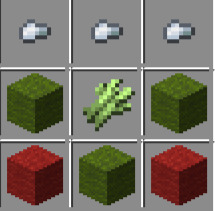
Bagpipes have durability on top of having the same level of cool down as Pan Pipes. Bagpipes cannot be enchanted.
Bagpipes have the ability to PERMANENTLY pacify all hostile mobs in the chunk the player is in.
Bagpipes will break after 10 or so uses
Willow and Palm
Willow and palm are new wood types, Willow spawns around lakes and ponds and Palm spawns around oases.
Willow has a dark Bluish-green colour, complementing mangrove, where as Palm is a desaturated pale white
(These will generate depending on the pond or lake cell)
(Part 1/3)
319 notes
·
View notes
Text
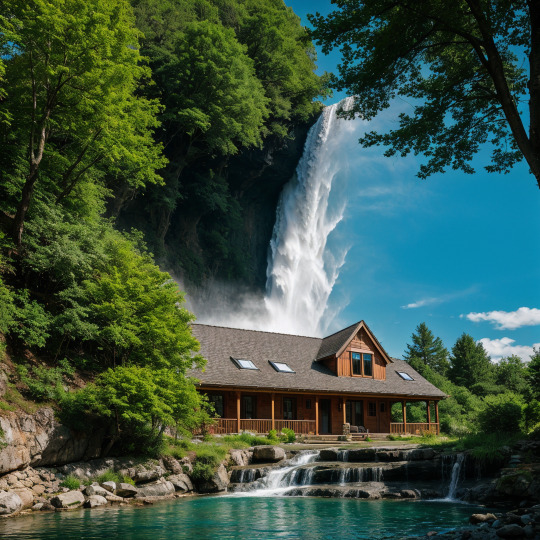
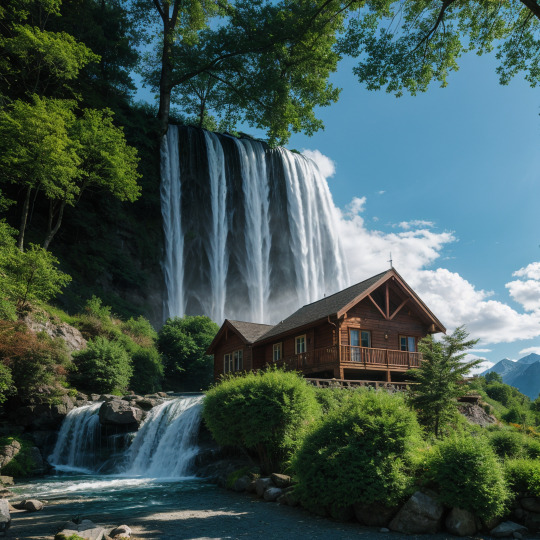
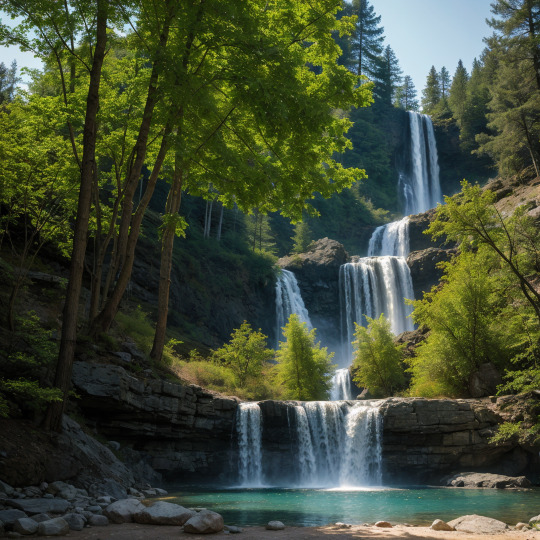
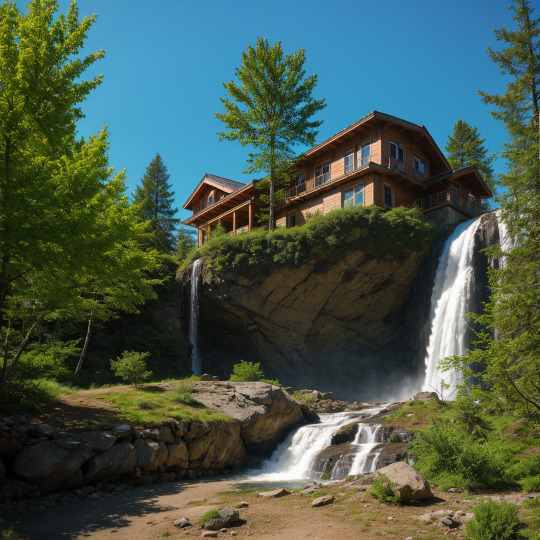
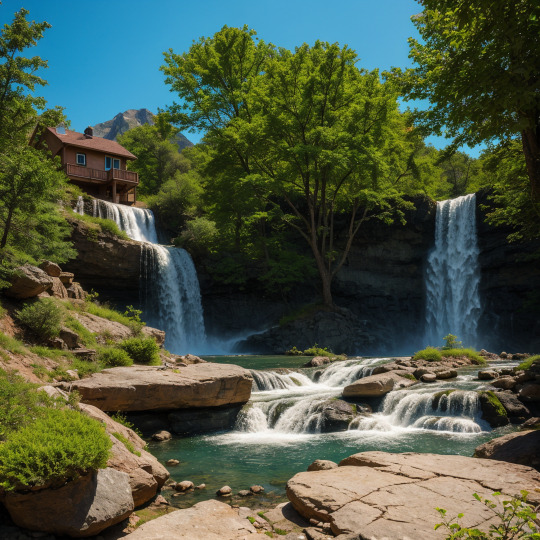
#architectdesign#lake#landscape#landscape architect#mother nature#mountains#nature#architecture#future architecture#residential architects#cabin#cabin in the woods#countryside#nature photography#forest#trees#waterfall#river#lakers#moving home#home & lifestyle#home decor#home design#art#artists on tumblr#illustration#art on tumblr
21 notes
·
View notes